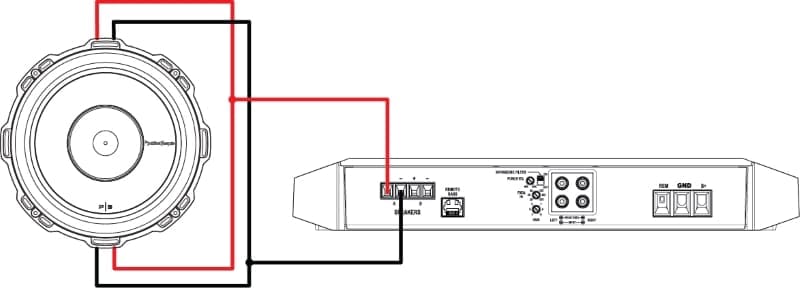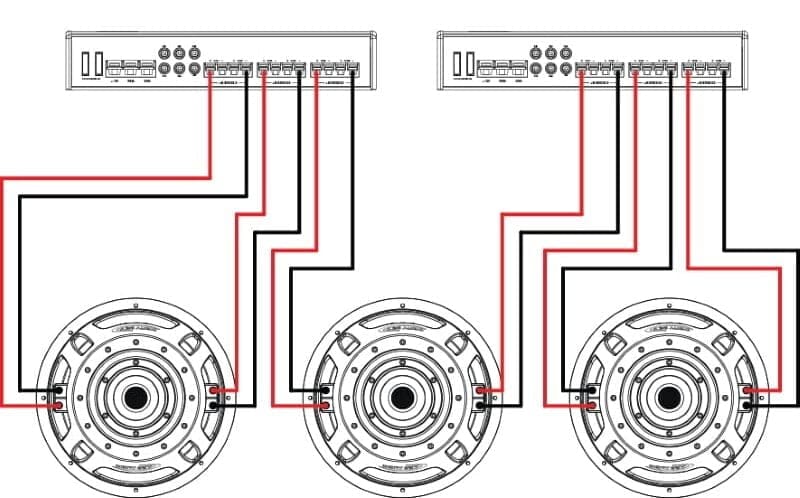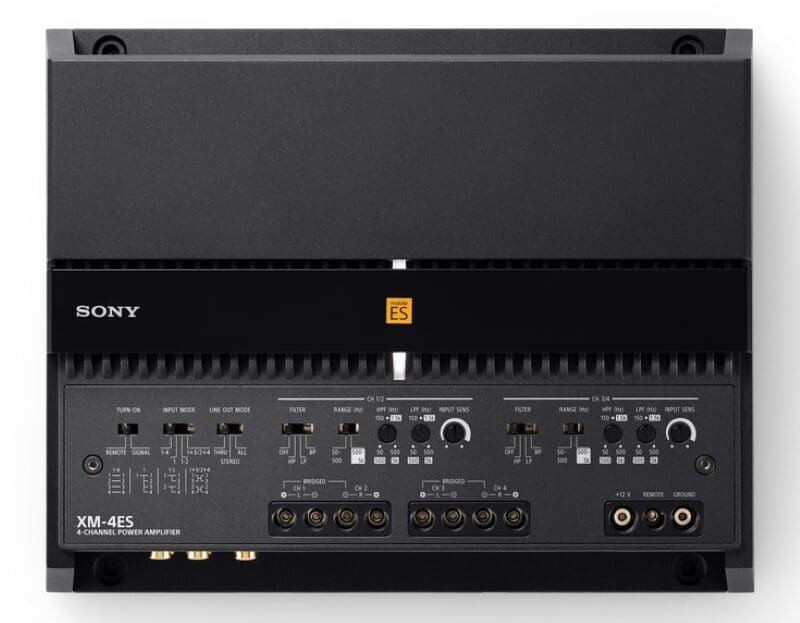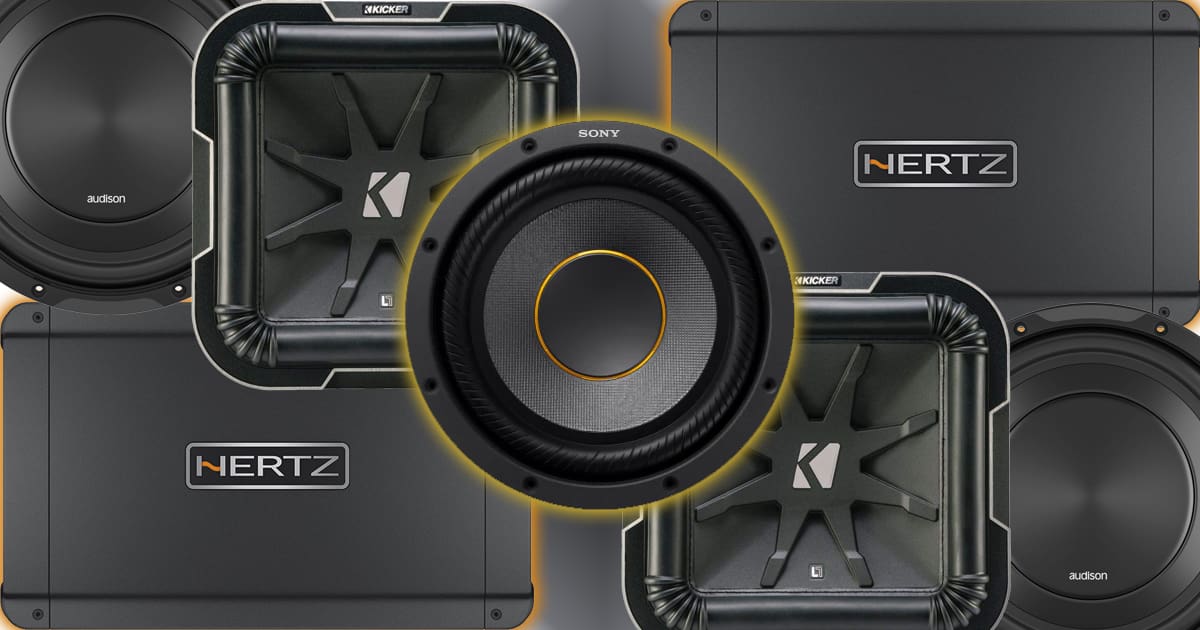In most car audio applications, dual voice coil subwoofers are typically wired in series or parallel to optimize an amplifier’s power production capabilities. In some cases, especially when an installation is performed with existing equipment, installers must get creative with voice coil wiring. Let’s look at a few unique solutions for optimizing the available amplifier channels with different was to wire DVC subwoofers.
The Benefits of Dual Voice Coil Subwoofers
Before diving into application discussions, we should discuss why dual voice coil subwoofers exist. There’s a common misconception that DVC subwoofers can handle more power or might sound better than single voice coil drivers. Those are complete myths. The only benefit of a dual voice coil subwoofer is that it provides options for presenting different loads to an amplifier.
By a long way, the most common way to connect a dual voice coil subwoofer to an amplifier is with the coils wired in series or parallel. Suppose you have a car audio amplifier that produces 500 watts into a 2-ohm load. If you wire the voice coils of a dual 4-ohm subwoofer in parallel and connect it to the amp, it will be happy. What if you have an amp that makes full power into a 4-ohm load? In that application, you should use a dual 2-ohm subwoofer with the coils wired in series. Your installer or the product specialist you’re working with will ensure that you get the right subwoofers for the amp you want.

Unconventional Ways to Wire DVC Subwoofers
So, there’s a bit of a backstory to this article. About a decade ago, I was the product manager for a big Japanese head unit company. We always had several demo vehicles for our sales representatives to use for events. We were designing a system for one of the sales rep vehicles and wanted to use our new series of amplifiers. Unfortunately, all we had were two-, four-, and six-channel amps that made 85 watts per channel or 250 watts per channel pair when bridged. We had good woofers capable of handling 500 watts, but at the time, no monoblock amplifiers. See the problem?
After a little creative thinking, we created a design using three of the six-channel amplifiers. One amp would run the rear speakers, the woofers in the front doors and the tweeters in the dash actively using a stand-alone digital signal processor. We’d use the other two six-channel amplifiers to power three of our 500-watt subwoofers.
Crazy Demo Vehicle Subwoofer Wiring
The wiring for the subwoofers went like this: Channels 1 and 2 on one amp were wired in a bridged configuration to one of the voice coils on a subwoofer. Channels 3 and 4 were bridged to the other coil on that subwoofer. We made the same configuration on the second amp, with 2/3 of it bridged to power each subwoofer coil. The final subwoofer was powered by channels 5 and 6 of each amp wired to the two voice coils of the remaining subwoofer.

Of course, we used a test tone track to adjust the level controls on each amplifier to ensure that each channel provided the same amount of power to the subwoofer. The system worked flawlessly at hundreds of events over several years.
Power Isn’t All That Matters
We just mentioned that we level-matched the amplifiers so that each channel produced the same amount of power to each coil. This doesn’t matter much in terms of performance, so long as they are close. It does matter in terms of optimizing both amplifiers to deliver as much power as they have available. Put another way, you want your installer to set the sensitivity controls so both amplifiers reach clipping at the same time. Technically, though, more power in one coil than in the other has minimal effect on performance. What matters most is that the signals going to each coil are in phase.
As an extreme example, if the signal to one coil were opposite in polarity to the other, the woofer cone wouldn’t move, even though we’d send lots of power to the subwoofer. Using two different amps to feed a single driver is only reliable if the amplifiers are identical. All amplifiers impose some amount of phase shift at lower frequencies as they start to roll off. If the amplifier channel driving one coil starts rolling off (decreasing in output) before another, the effective power to the subwoofer will decrease.
Other Amplifier Features to Consider
Further, you want the settings on the amplifiers to be identical. Something like a low-pass crossover or an infrasonic filter also adds a phase shift. Many bass boost controls can also affect phase. It’s best to set all these controls to their limits so the signal is equal. By limits, we mean, set the infrasonic filter as low as possible. Set the crossover as high as possible. Turn the bass boost down as low as possible.
While our dual six-channel amplifier configuration was unique, it’s pretty rare. What happens much more frequently is using a four-channel amplifier to drive a dual 4-ohm subwoofer. Using a four-channel with each pair of channels bridged to a coil is so common that some amplifiers include a switch on the amp to make it act like a two-channel unit.

If you find yourself in a situation where you need to power a subwoofer but don’t have a monoblock or stereo amplifier optimized for the subwoofer’s impedance, using multiple channels to individual coils is an option. Getting creative with how your installers chooses to wire DVC subwoofers can often save you from having to buy a new amp. Drop by a local specialty mobile enhancement retailer to find out about the options available to make your car audio equipment sound great.

